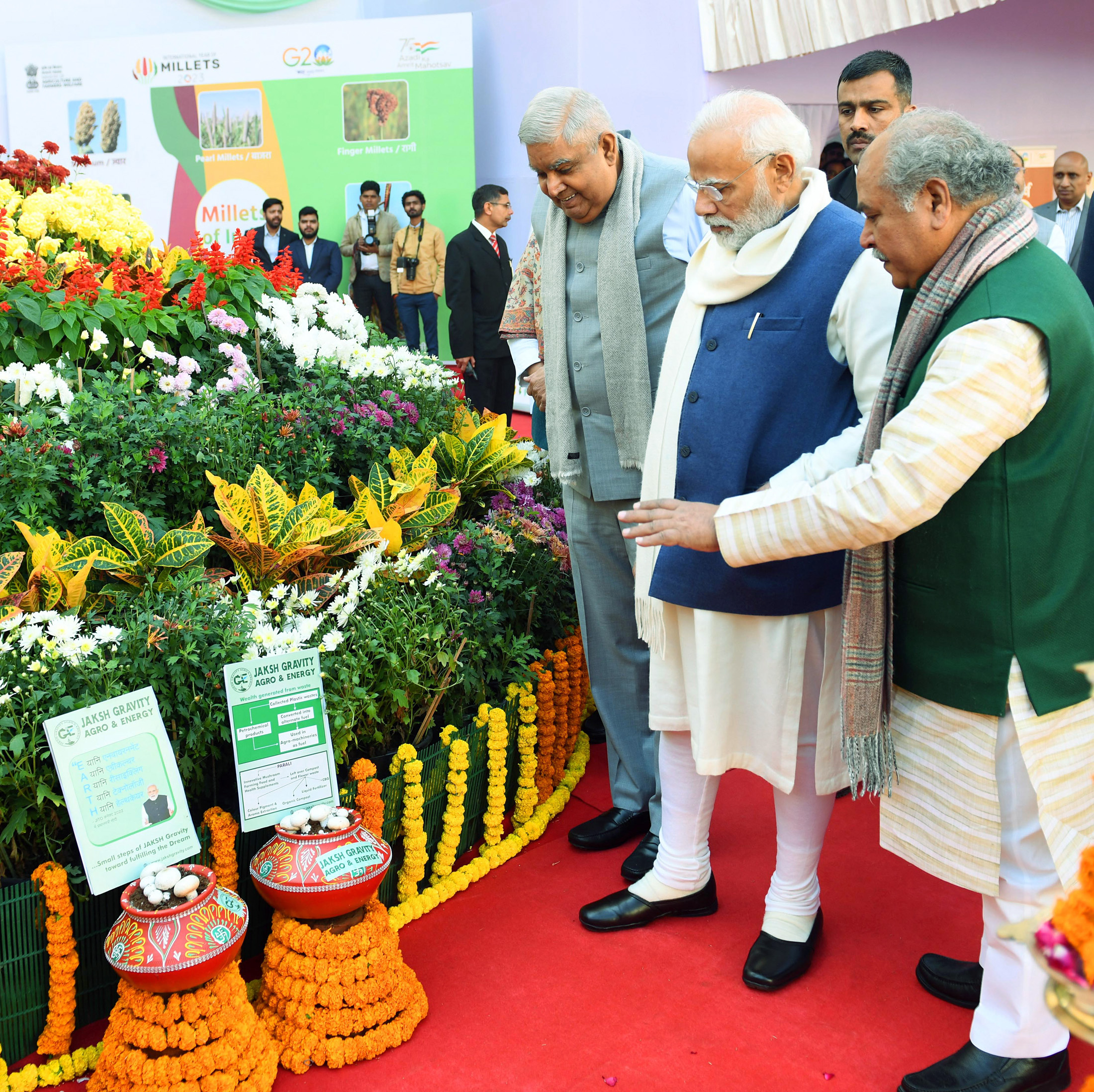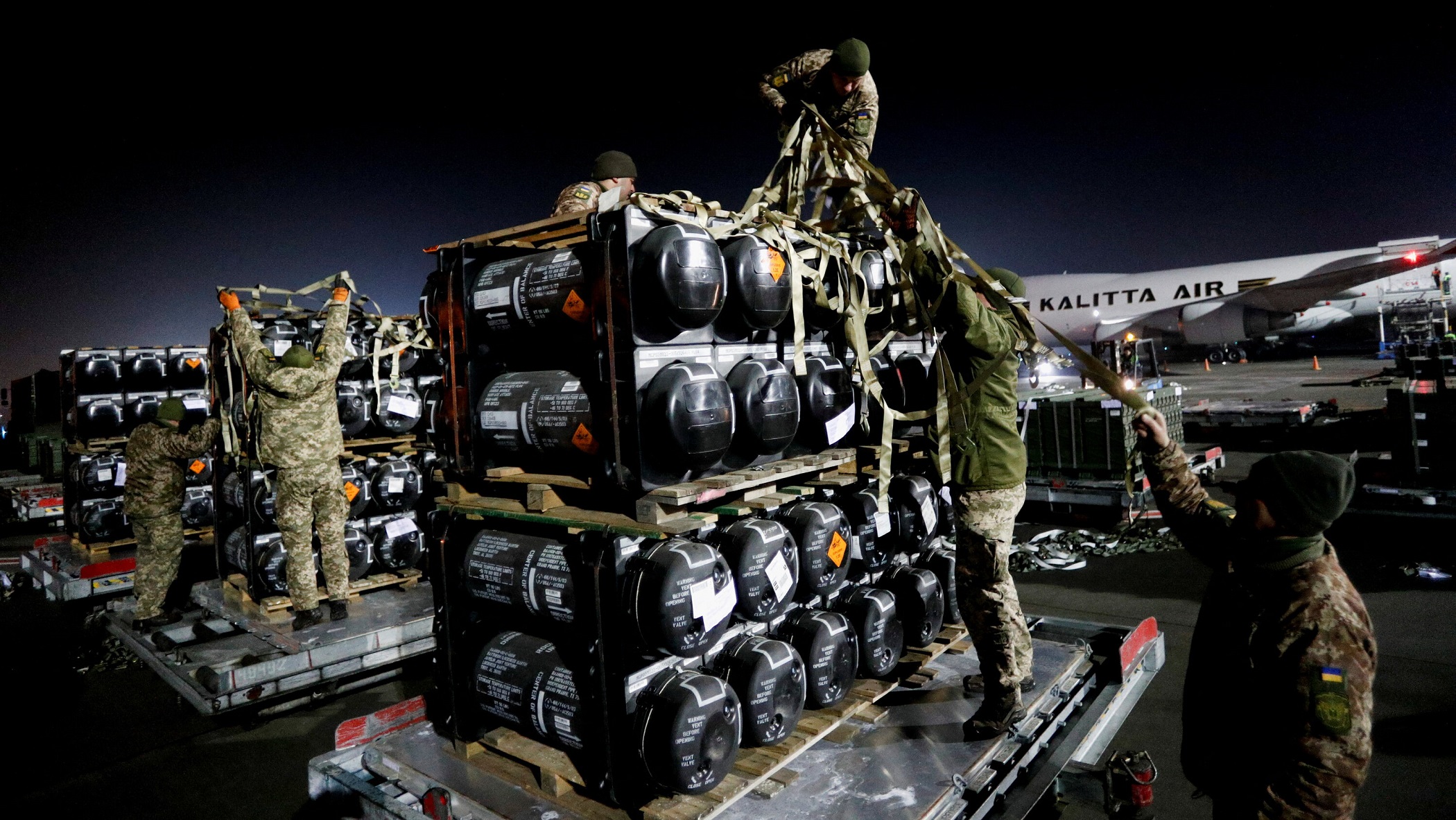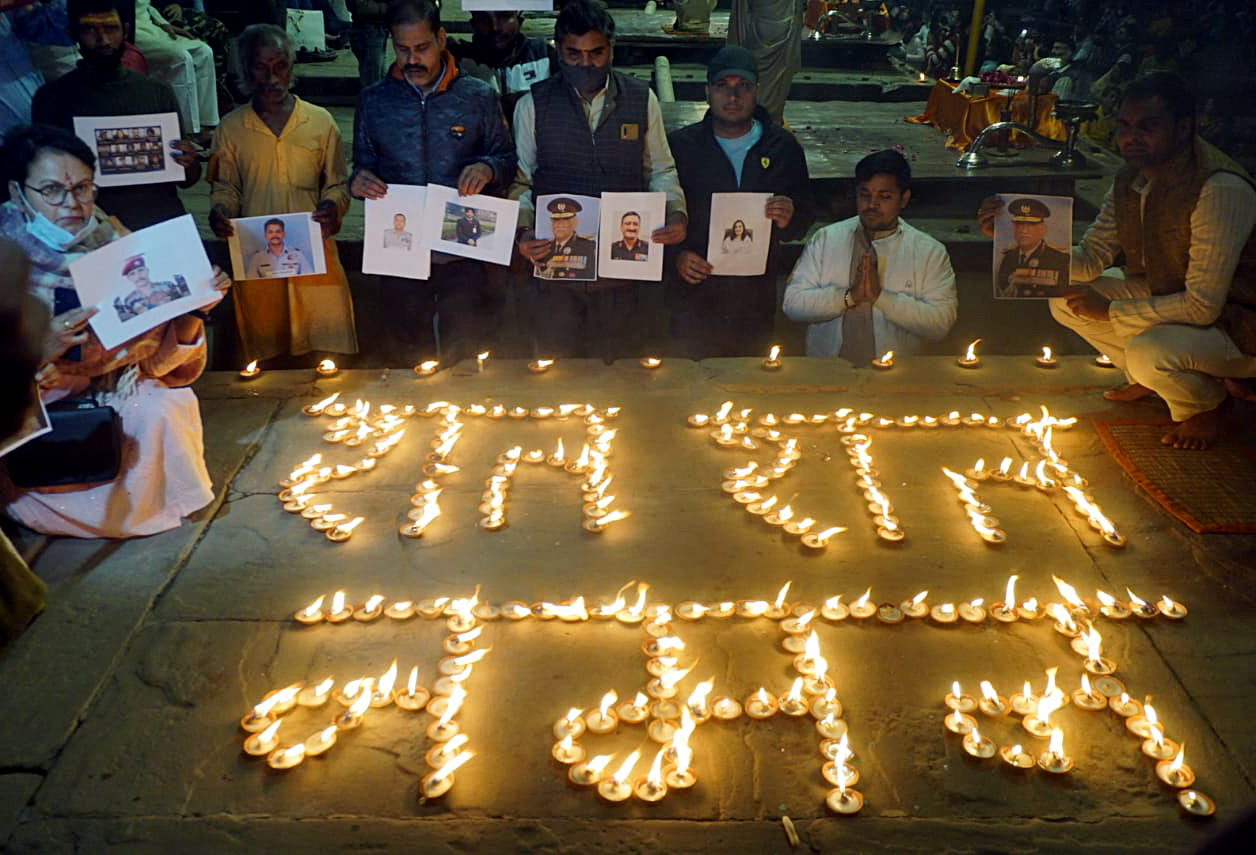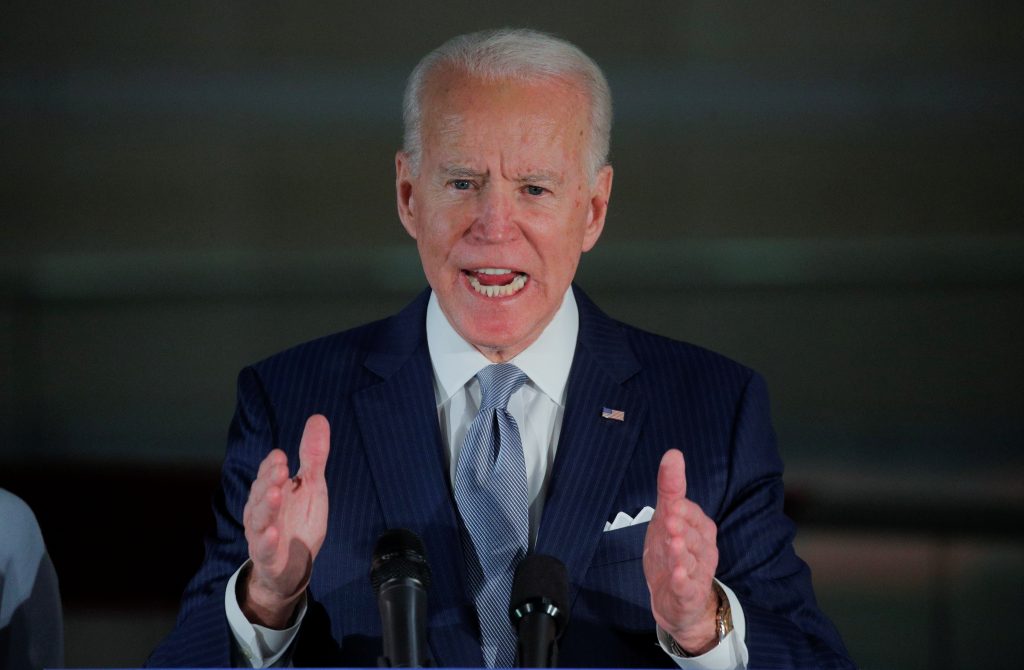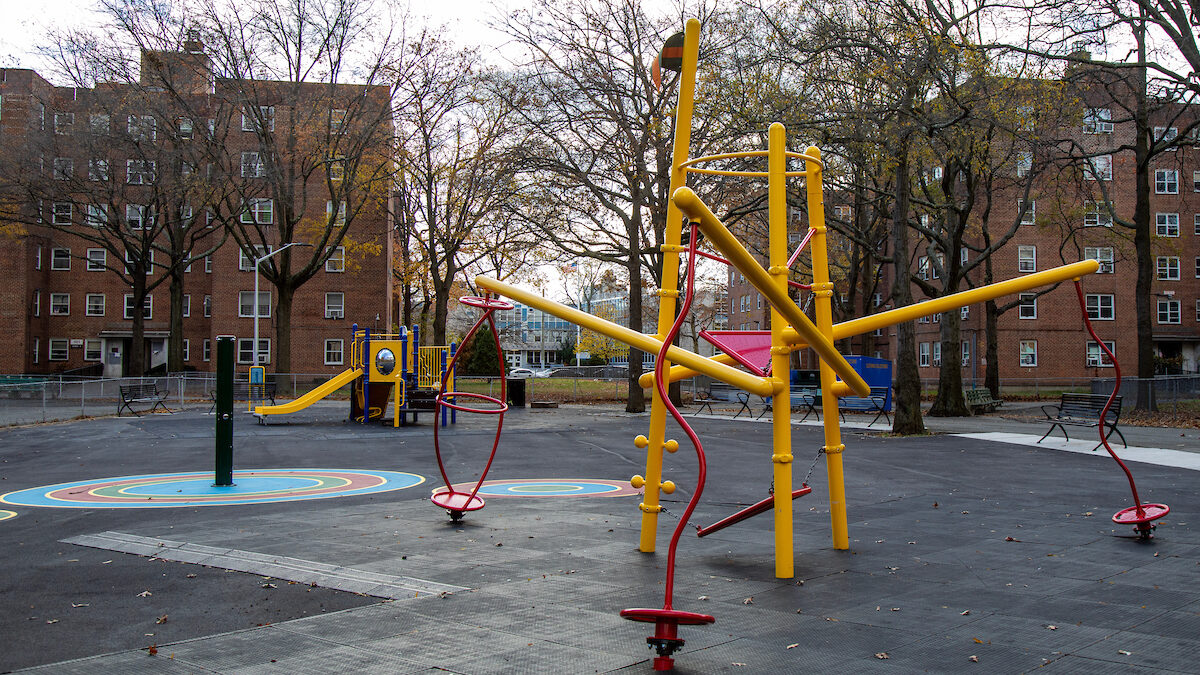Millets are cultivated in nearly 130 countries and form the staple diet for nearly half a billion people in Asia and Africa. They are deeply rooted in culture and traditions and help guarantee food security in areas where they are culturally relevant
Sadhna Shanker
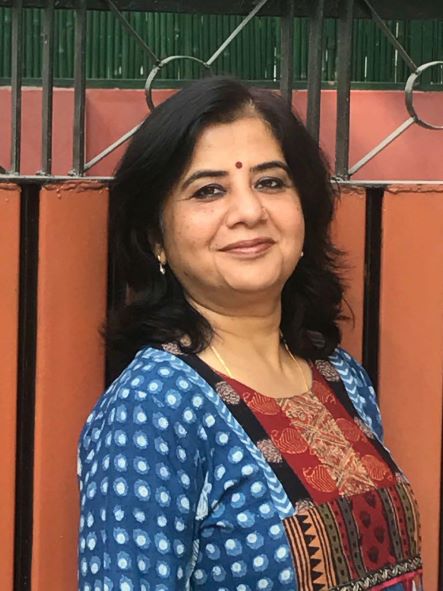
In my husband’s village in Maharashtra, the meal almost always consists of ‘Bhakri’. It is a roti made of jowar, and not wheat as is usually the case. Millets have been a part of the dietary landscape of India from ancient times. We have all heard of different such grains depending on the state you are in, including jowar, bajra, ragi, kangini, kodo, jau and now called a pseudo millet kuttu!
Millets were one of the first plants domesticated for food, and their cultivation has been found in the Indus Valley in 3000 BC. As per the Food and Agricultural Organization ‘Millets are a collective group of small seeded annual grasses that are grown as grain crops, primarily on marginal land in dry areas of temperate, sub-tropical and tropical regions.’
Millets are cultivated in nearly 130 countries and form the staple diet for nearly half a billion people in Asia and Africa. They are deeply rooted in culture and traditions and help guarantee food security in areas where they are culturally relevant. In India, the main millet producing states are Rajasthan, Karnataka, Maharashtra, UP and Haryana. India currently produces nearly 80% of Asia’s and 20% of the global millet production.
The humble millet has now acquired an important place on the table. They have high nutrient value being rich in fiber, proteins and vitamins. They are gluten free, and they can be cultivated in areas of low rainfall and poor soil. They are an important source of income for small farmers. Millets preserve bio-diversity and are climate resilient, making them very important in combating climate change, and transforming agrifood systems. In sum total, millets are now being recognized for the important role they can play in global food security.
In 2018, which was observed as the National Year of Millets, the government declared millets to be ‘nutri-cereals’. Start-ups in the cultivation of this sector began to be supported, the effort being to focus on training for millet cultivation. On a proposal sponsored by India, the UN has declared 2023 as the International Year of Millets. The humble millet has now reached the international arena!
The focus on millets would help on improving the seeds, create cop diversification in favor of millets, generate awareness about the health benefits of consuming millets, recipe development and generate a lot of ideas and approaches towards mainstreaming millets. Millets are an integral part of the G-20 meetings and delegates will be given a true millet experience through tasting, meeting farmers and interactive sessions with start-ups.
The $470-million (in 2021) global millets market is projected to register a CAGR of 4.5 per cent during the 2021-2026 period. The International Year of Millets will hopefully increase consumption of millets in India, and the world. This demand would have potential to generate livelihoods, increase farmers’ income and ensure sfood and nutritional security, not only in India but also in other parts of the world.
The parliament of India canteens have already introduced a varied millet menu, including bhakri, bajra khichdi and jowar upma! Let us hope that soon the bhakri and its cousins would find pride of place in menus of high-end restaurants and bakeries, all over the globe!
Sadhna Shanker is a writer based in New Delhi, India.
Email: [email protected]
















